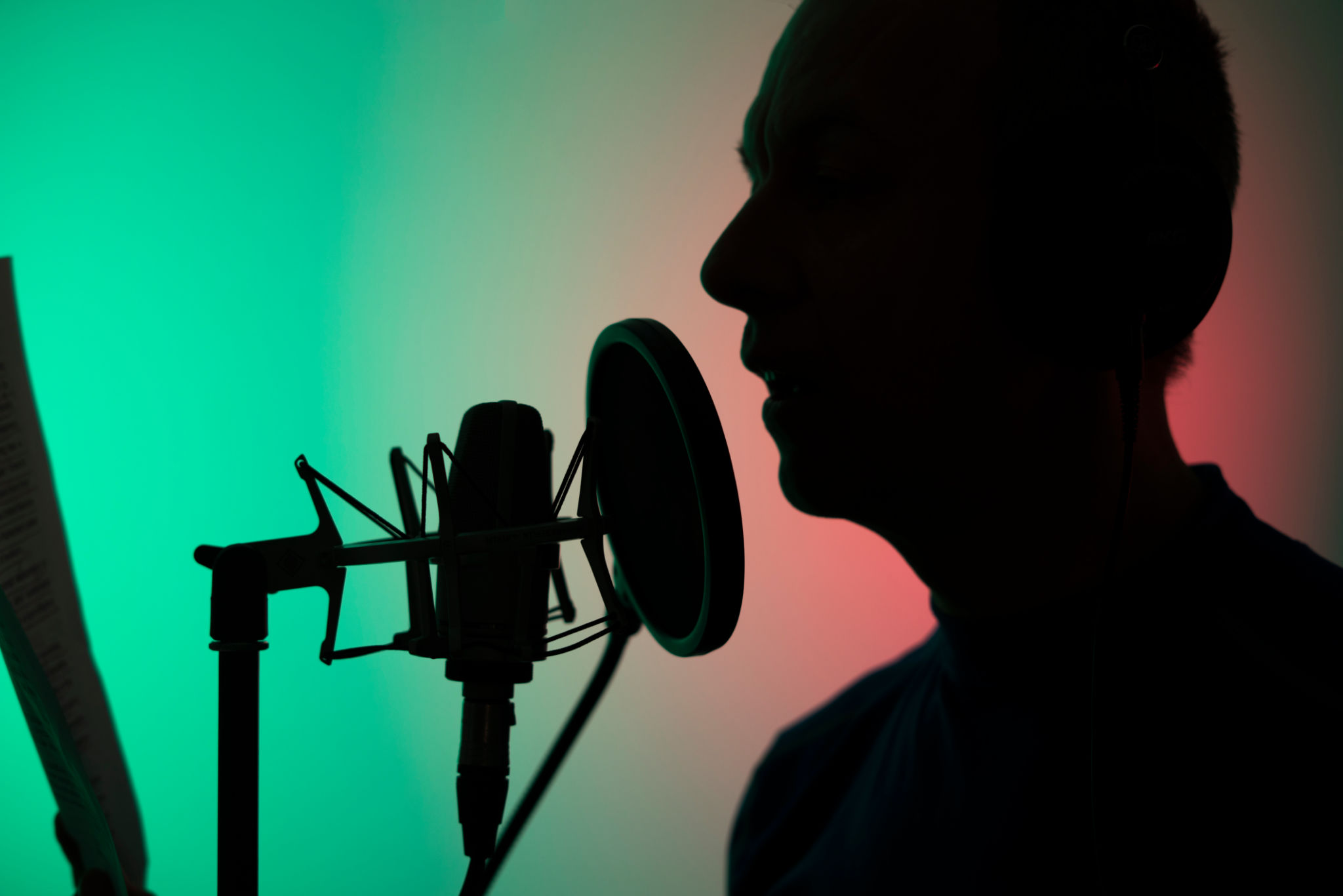The Ultimate Guide to Creating Audiobooks: Tips from a Professional Studio
PP
Understanding the Basics of Audiobook Production
Creating an audiobook can be an exciting yet complex process. Whether you're an author looking to bring your book to life or a producer aiming to expand your skills, understanding the fundamentals of audiobook production is essential. The process typically involves several stages, each requiring attention to detail and a commitment to quality.

The journey begins with selecting the right equipment. Your studio setup should include a high-quality microphone, headphones, and a soundproof recording environment. Choosing the right software for recording and editing is also crucial to ensure that the final product meets industry standards. Investing in good equipment can make a significant difference in the clarity and overall professionalism of your audiobook.
Selecting the Right Narrator
The narrator plays a critical role in engaging listeners. A professional narrator can bring the story to life, making it more compelling and enjoyable. When selecting a narrator, consider the tone and style of your book. Should it be lively and energetic or calm and soothing? The right voice can enhance the storytelling experience, so take the time to audition multiple narrators if possible.
Additionally, it's important to establish clear communication with your narrator. Discuss your vision for the audiobook, including any specific pronunciations or character voices. This collaborative approach will help ensure that the narration aligns with your expectations and the essence of your book.

Recording and Editing Techniques
Once you have your equipment and narrator ready, it's time to start recording. Ensure that your recording space is free from background noise and distractions. A soundproof room or a high-quality pop filter can help minimize unwanted sounds. Keep in mind that consistency is key; try to maintain the same recording setup throughout the entire project.
Editing is where you refine your recordings. Use editing software to remove pauses, errors, and any distracting noises. Pay attention to pacing and ensure that the narration flows smoothly. It's also essential to balance the audio levels so that the listener's experience remains consistent throughout the audiobook.
Finalizing and Publishing Your Audiobook
After editing, it's time to finalize your audiobook for publishing. This includes quality checks to ensure there are no errors or inconsistencies. Listen to the entire audiobook to catch any mistakes that might have been missed during editing. It's also a good idea to get feedback from beta listeners who can provide an objective perspective on the overall quality.

Once you're confident in the final product, you can begin the publishing process. Choose a platform that aligns with your distribution goals, whether it's Audible, iTunes, or another service. Make sure to follow their specific formatting guidelines to ensure a smooth upload process.
Marketing Your Audiobook
Creating an audiobook is only part of the journey; you also need to market it effectively. Utilize social media platforms, author websites, and email newsletters to reach potential listeners. Engaging in promotions, such as offering free samples or discounts, can also attract new audiences.
Consider collaborating with influencers or bloggers in your genre who can provide reviews or features on their platforms. Building a strong marketing strategy will help maximize your audiobook's reach and impact.
Continuous Improvement and Feedback
Finally, remember that creating audiobooks is a learning process. Gather feedback from listeners and continuously seek ways to improve future projects. Stay updated with industry trends and advancements in technology to enhance your production skills.
By following these tips and embracing a commitment to quality, you can create audiobooks that resonate with audiences and leave a lasting impression.